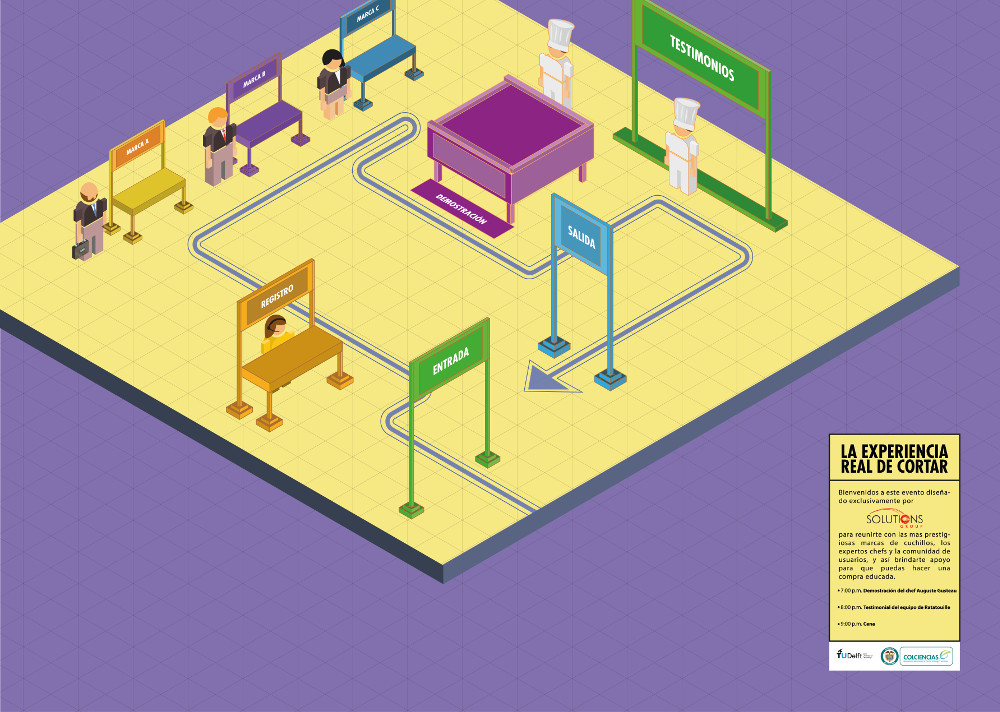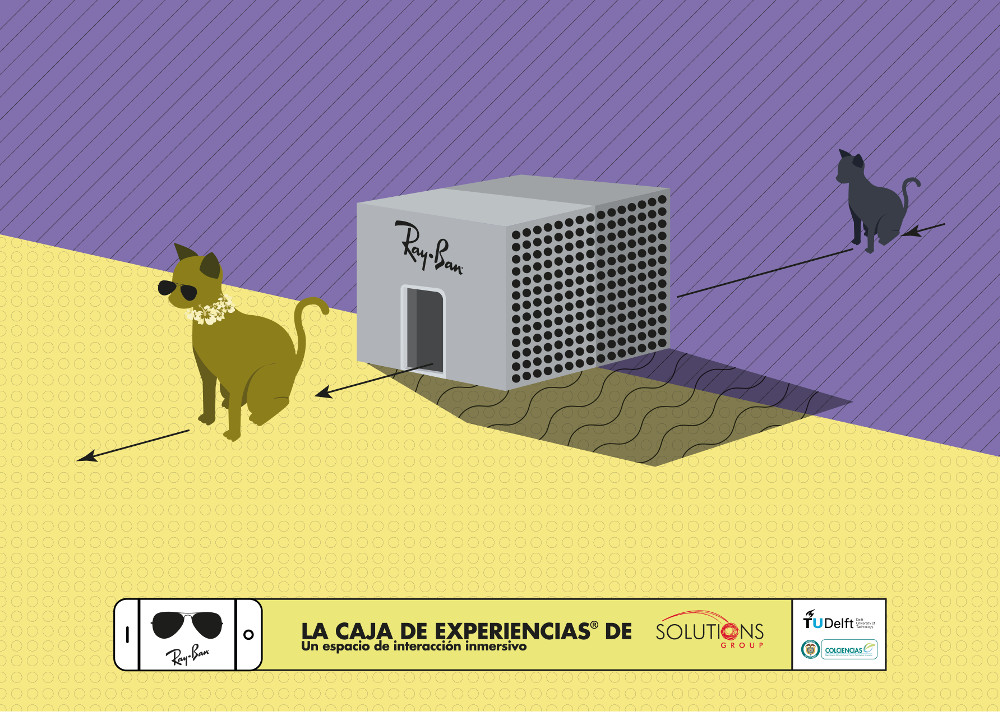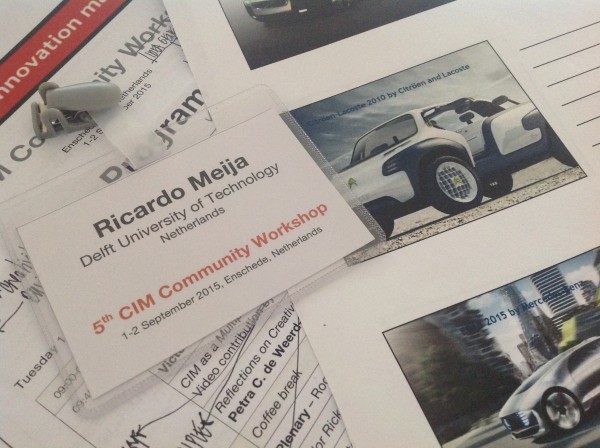Blog
(i) The Real Experience for Solutions Group #futurethroughdesign
See the introduction here
“Solutions Group wants to create a more memorable interaction between the product of the client and the possible customer by using direct contact within a group.” (Jette Bloemberg, Elisa Engelsma, and Francesca Zuurhout)
 The Real Experience is an event where people can try out a product in different sceneries to help them making an educated decision instead of convincing them to buy a particular product.
The Real Experience is an event where people can try out a product in different sceneries to help them making an educated decision instead of convincing them to buy a particular product.
(ii) The Experience Box for Solutions Group #futurethroughdesign
See the introduction here
“Solutions group should allow people to have a personal product consumer interaction by providing a tactile explorative experience.” (Eva Oosterlaken, Maite Gieskes, and Jamie Ongkiehong)
 In the future, large retail stores will disappear due to the majority of shopping will take place online. The Experience Box is a futuristic version of a concept store, where a brand can offer an interactive, and immersive experience, which allows users to explore and discover new products in a pleasant way. Different than at home, through the Experience Box users, can test out the product physically.
In the future, large retail stores will disappear due to the majority of shopping will take place online. The Experience Box is a futuristic version of a concept store, where a brand can offer an interactive, and immersive experience, which allows users to explore and discover new products in a pleasant way. Different than at home, through the Experience Box users, can test out the product physically.
5th CIM -Creativity and Innovation Management- Community Workshop
I had the opportunity to present the paper “Design of Vision Concepts to explore the future: nature, context and design techniques” during the 5th CIM -Creativity and Innovation Management- Community Workshop, which was held in the campus of the University of Twente, Enschede, The Netherlands on 1 September 2015.
Here the video of Teresa Amabile from Harvard Business School who welcomes the participants of the workshop.
More information about the event here
#CIMjournal
Javier Ricardo Mejia Sarmiento
Official report of the “Design Policy Conference, make a plan”
Report of the “Design Policy Conference, make a plan”, 17 & 18 October, 2014, Cape Town, South Africa. http://wdcdesignpolicyconf2014.com/
In 1994, a research project was instituted in Colombia to study design policies and approaches. The study revealed that 97% of businesses were small and medium enterprises (SMEs). Only 5% of these had a body in place to implement design in their business, and just 2% had funds to invest in design. Believing that designers need to understand the user, and build a bridge between the user and the designer to design workable products and services, there was a need for design, academia and SMEs to lead and catalyse the process of implementing design in business.
A systematic way was needed to apply design to SMEs: design is not only operational – it must be strategic, too. With this understanding, the design policy comprised three steps: knowledge transfer about design through handbooks, manuals, diagnostic tools and workshops to explain the value of design; viewing and promoting successful case studies of local design; and hosting an international co-creation roundtable and other events to ask what the policy should contain.
(Text from the official report of the “Design Policy Conference, make a plan”, 17 & 18 October, 2014, Cape Town, South Africa).
Presentation
The full original document: Design-Policy-Conference-Report
Javier Ricardo Mejia Sarmiento

